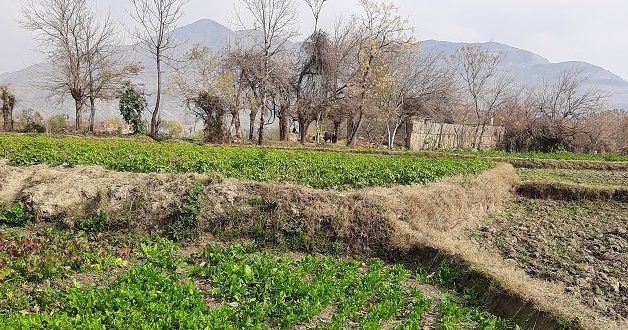AT News
KABUL: The severe droughts caused by frequent lack of rainfalls and snowfalls are worrying people in Afghanistan especially in the rural areas where people are mostly engaged in agriculture and livestock breeding.
Baz Mohammad is a farmer in Badghis province in the northwest, where he also runs livestock breeding.
The recent drought is concerning him as he fears of losing his sheep.
“There is no rainfall, we had only two snowfalls this winter. The wheat is drying up and people are worried and some of them are moving to Herat province,” said Mohammad who lives in the Moqor district.
The hydrometeorology department announced that the rate of rainfall had a 35 per cent decrease this year.
Mohammad Nasim Moradi, an official at the national hydrometeorology department expressed hope the rainfall increase in the upcoming spring.
“We had samples from 22 stations across the country that showed 30 to 35 per cent decrease in rainfall in 2020 comparing to 2019,” Moradi said Wednesday.
The ministry of disaster management said that the rate of rainfall was 40 millimeters this winter in Afghanistan.
“The rainfall was less than the normal level this year and reached to 40 millimeters in some parts of the country which is feared that some areas especially in the north and northeast witness drought next year,” said Tamim Azimi, spokesman of the disaster management ministry.
As a landlocked and mountainous country, Afghanistan is dependent on the torrential rainfall and the snow reserves on mountains. Nearly half of the country’s population is farmers and livestock breeders who are mostly dependent on the rainfall. The country needs 250 millimeters of rainfall to get saved from drought threat.
Climate experts express concerns over the repetition of 2017 and 2018 droughts.
Decrease in rainfall will cause more poverty, reduction in agricultural products and increase in internal displacing.
Climate change, increased Greenhouse gases and increase in population are called the main elements of decreased rainfall.
 Afghanistan Times
Afghanistan Times




